Table Of Contents

Roshan Deshmukh

Pooja Parvatkar
Top 5 Life Science Market in Q1 2024: A Comprehensive Analysis

The life sciences sector is experiencing a remarkable surge in growth and undergoing substantial transformations across various sectors. In response to this unprecedented evolution, AMR embarked on a meticulous journey of analysis and insight to identify and prioritize the top 5 markets driving innovation and addressing critical healthcare needs in the life sciences sector in Q1 2024.
These top 5 markets have been identified and prioritized through AMR's proprietary 'Title Matrix Tool', which uses a systematic analysis of predetermined parameters by research analysts and parallel teams. The reports are evaluated based on several criteria including relevance, current significance, ongoing developments, CAGR, client demand trends, significance of key players, revenue generated, and other pertinent factors.
The reports on all 5 markets address business topics such as size and forecast, driving drivers and opportunities, top players' strategies, challenges and risks, regional dynamics, and competitive landscape. For an extensive understanding of the industry, the reports also incorporate historical data and retrospective analysis.
Here are the top 5 markets driving innovation, addressing critical health needs, and shaping the future of life sciences.
1. CNS Therapeutics
The CNS therapeutics market has seen significant growth and is projected to hit $199.1 billion by 2033, growing at a CAGR of 5.7% from 2024 to 2033. The increasing prevalence of neurodegenerative disorders is a major driver for this growth. This report offers comprehensive insights, including segmental analysis by disease type and region, catering to the evolving needs of stakeholders.
The report has gained strategic importance due to the rising demand for effective treatments amid increasing cases of neurological disorders. The report aims to address critical business questions such as segmentation, key players' analysis, and competitive landscape assessment. Regional segmentation provided in the report offers a granular view of the CNS therapeutics market across key geographical regions, including North America, Europe, Asia-Pacific, and LAMEA. This segmentation not only highlights regional revenue contributions but also sheds light on the unique dynamics and growth opportunities prevalent in each region.
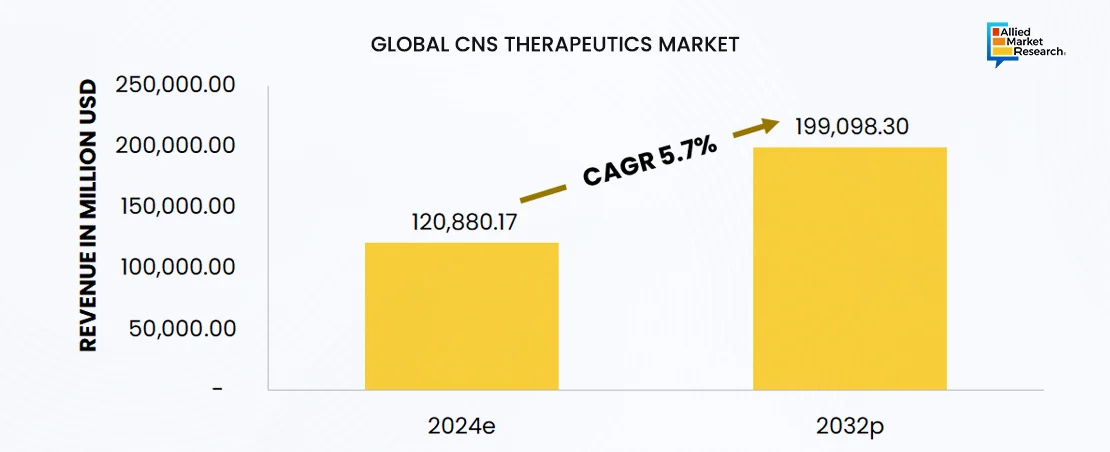
For instance, while North America currently holds the largest share, the report predicts Asia-Pacific to exhibit the fastest growth rate during the forecast period. This regional insight enables stakeholders to tailor their strategies according to specific market conditions, regulatory landscapes, and demographic trends prevalent in different regions.
2. Life Science Analytics
The life science analytics market has gained massive importance due to the increasing adoption of advanced technologies like big data analytics, machine learning, and artificial intelligence within the life sciences industry. This growth is underscored by the industry’s expansion, with projections estimating a rise from $27 billion in 2022 to $77.4 billion by 2032.
Moreover, the report offers SWOT analysis, which demonstrates strengths such as driving digitization in healthcare and its high adoption rate by pharmaceutical and biotechnology companies. On the other hand, the market faces challenges due to the high cost of implementation, particularly for small and medium-sized enterprises. Nonetheless, opportunities are expected to arise from rapid technological advancements, such as AI and machine learning, which enhance data analysis capabilities. Regulatory compliance remains a threat, emphasizing the need for adherence to stringent healthcare regulations like HIPAA and GDPR.
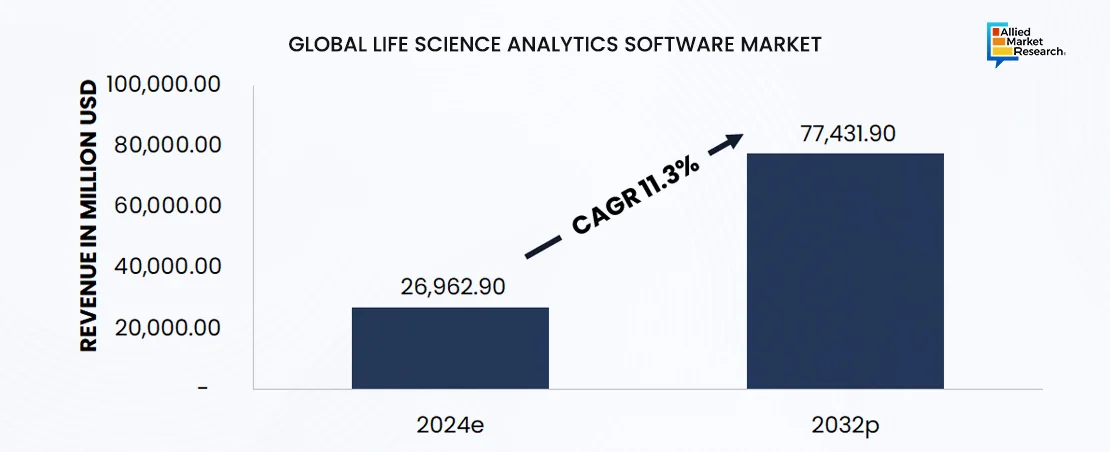
3. IVF Devices and Consumables
The IVF devices and consumables market is witnessing significant growth driven by increasing infertility rates, with around 17.5% of the adult population experiencing infertility in 2023, as reported by WHO. IVF has emerged as a widely used treatment option for couples facing infertility issues, fueling the demand for related devices and consumables. The IVF devices and consumables market is projected to reach $12 billion by 2032, growing at a CAGR of 18.4% from 2023 to 2032.
The market is gaining strategic importance as infertility rates continue to rise globally, necessitating a deeper understanding of dynamics and investment opportunities. The report aims to address key business questions such as market size, growth drivers, competitive landscape, and future projections.
The report identifies major players in the IVF devices and consumables market, including Vitrolife AB, Esco Micro Pte. Ltd., Cooper Companies, Inc., Cook Group, Thermo Fisher Scientific, Inc., Fujifilm Holdings Corporation, Hamilton Thorne Ltd., Genea Limited, Kitazato Corporation, and Nidacon International AB. These companies are at the forefront of innovation and leadership in the IVF devices and consumables sector. The report also highlights the growth strategies adopted by key players, such as product launches, expansions, agreements, acquisitions, and collaborations. Understanding these strategies allows stakeholders to anticipate developments and align their own strategies accordingly.
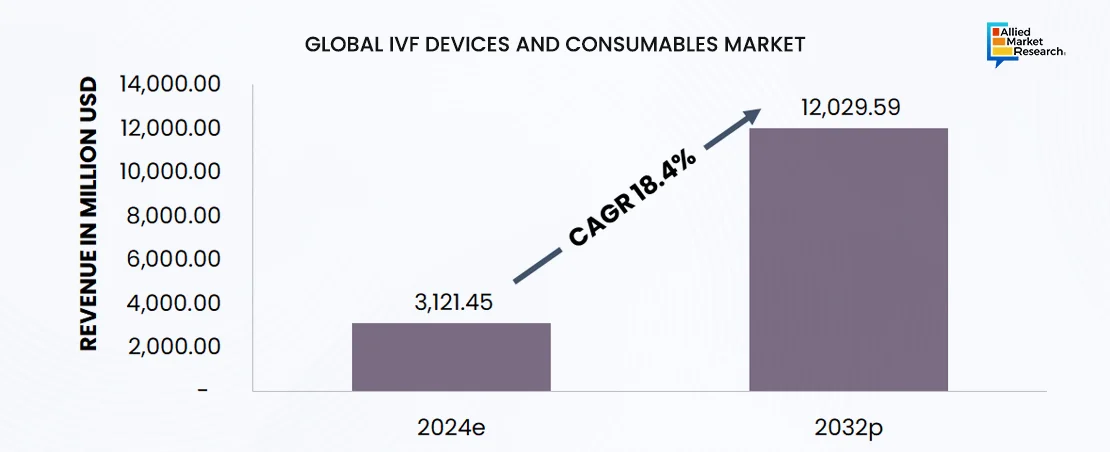
4. Behavioral Health
The global behavioral health market is projected to reach $107.3 billion by 2032, growing at a CAGR of 7.7% from 2023 to 2032. The increasing prevalence of destructive behavior, substance abuse, and mental illness has propelled significant growth in the global behavioral health market. With over 57 million Americans estimated to live with a mental illness in 2024, there is a pressing need for comprehensive reports to understand dynamics and trends.
This topic is strategically important to research right now due to the rising demand for behavioral health services and the potential impact of societal and economic factors on mental health. The report aims to address key business questions such as market size, current and future trends, drivers, restraints, and opportunities. The report offers Porter's Five Forces analysis presenting insights into the competitive landscape. It highlights factors such as the bargaining power of healthcare providers, the threat of new entrants amid increasing telehealth adoption, and the influence of digital technologies on buyer behavior and treatment accessibility. Additionally, it assesses the impact of regulatory frameworks on market entry barriers and the role of strategic alliances in shaping the dynamics, providing stakeholders with valuable perspectives for market positioning and decision-making.
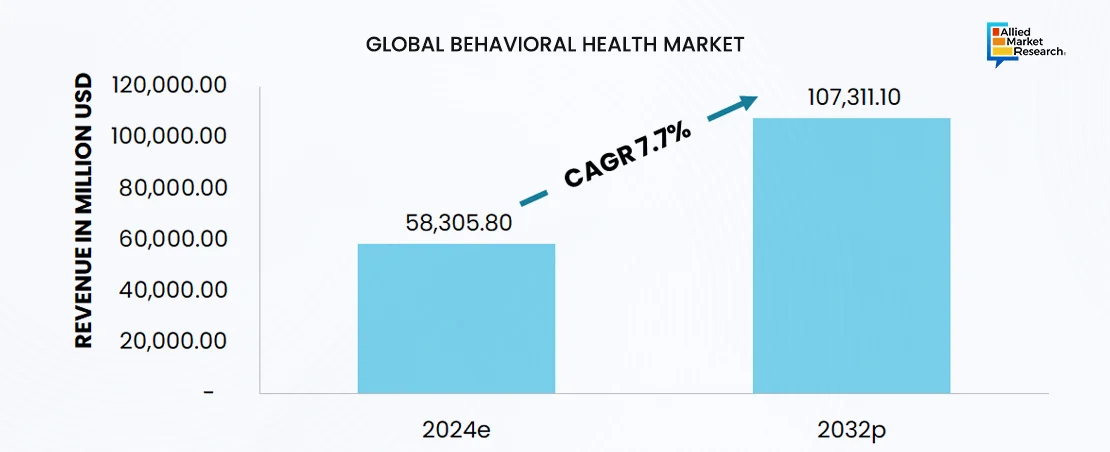
5. Cancer Supportive Care Drugs
The global cancer supportive care drugs market is projected to reach $25 billion by 2032, growing at a CAGR of 2% from 2023 to 2032. The need for comprehensive reports on the cancer supportive care drugs industry is propelled by major trends such as the increasing prevalence of cancer cases globally and the growing importance of supportive care in cancer treatment.
This market is strategically important to research right now due to the rising demand for cancer-supportive care drugs to mitigate the harmful side effects of cancer treatments and improve patient outcomes. The report aims to address critical business questions surrounding market size, key segments, growth drivers, and geographical trends.
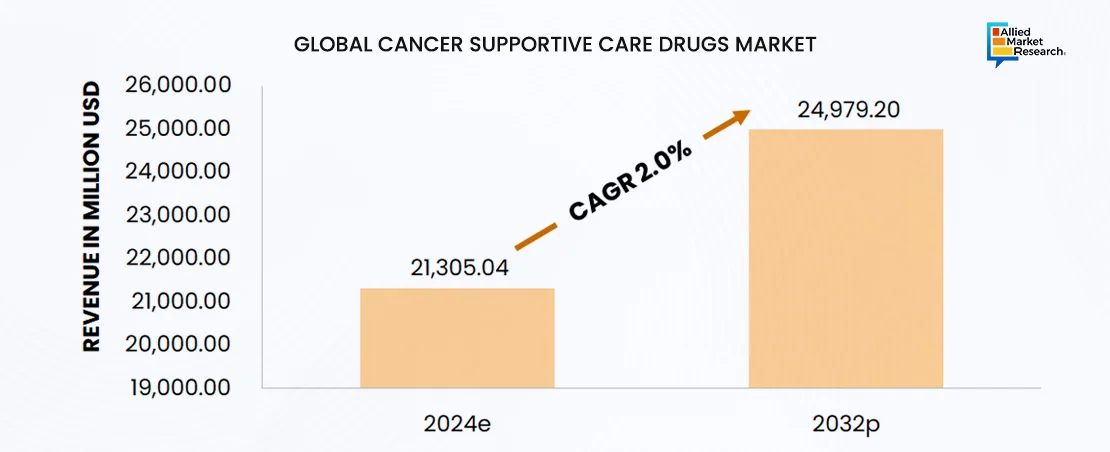
The report offers segmental analysis, highlighting key categories such as drug types (ESA, G-CSFs, antiemetics), cancer applications (breast, lung, colorectal), distribution channels (hospital pharmacies, retail pharmacies, online providers), and regions (North America, Europe, Asia-Pacific, LAMEA). This analysis offers insights into prevalent drug preferences, dominant cancer types, preferred channels of distribution, and regional market dynamics, enabling stakeholders to identify growth opportunities and make informed strategic decisions. Stakeholders can leverage this analysis to identify strategic growth areas and tailor their approaches to capitalize on emerging trends.
The Bottom Line
Each of these markets holds unique opportunities and challenges. Market players and stakeholders can benefit from comprehensive analysis and strategic insights provided in the reports. By staying informed about market dynamics, emerging trends, and competitive landscapes, stakeholders can make informed decisions, drive innovation, and contribute to the advancement of healthcare globally. Contact Allied Market Research analysts today for detailed insights, comprehensive reports, and strategic guidance. Gain a thorough understanding of market trends, opportunities, and challenges that will shape the future of life sciences.

